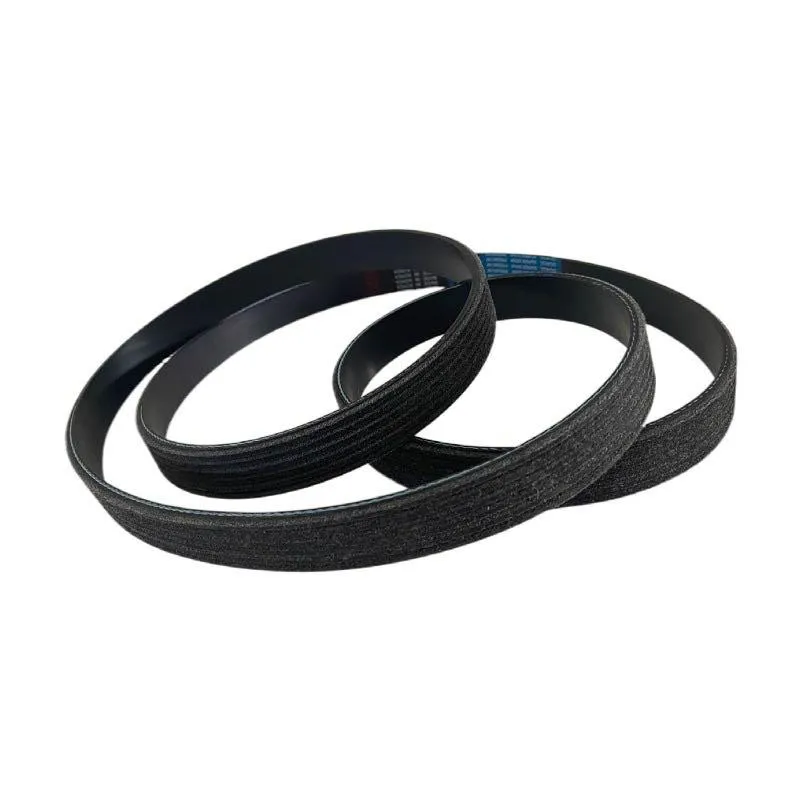- Arabic
- French
- Russian
- Spanish
- Portuguese
- Turkish
- Armenian
- English
- Albanian
- Amharic
- Azerbaijani
- Basque
- Belarusian
- Bengali
- Bosnian
- Bulgarian
- Catalan
- Cebuano
- Corsican
- Croatian
- Czech
- Danish
- Dutch
- Afrikaans
- Esperanto
- Estonian
- Finnish
- Frisian
- Galician
- Georgian
- German
- Greek
- Gujarati
- Haitian Creole
- hausa
- hawaiian
- Hebrew
- Hindi
- Miao
- Hungarian
- Icelandic
- igbo
- Indonesian
- irish
- Italian
- Japanese
- Javanese
- Kannada
- kazakh
- Khmer
- Rwandese
- Korean
- Kurdish
- Kyrgyz
- Lao
- Latin
- Latvian
- Lithuanian
- Luxembourgish
- Macedonian
- Malgashi
- Malay
- Malayalam
- Maltese
- Maori
- Marathi
- Mongolian
- Myanmar
- Nepali
- Norwegian
- Norwegian
- Occitan
- Pashto
- Persian
- Polish
- Punjabi
- Romanian
- Samoan
- Scottish Gaelic
- Serbian
- Sesotho
- Shona
- Sindhi
- Sinhala
- Slovak
- Slovenian
- Somali
- Sundanese
- Swahili
- Swedish
- Tagalog
- Tajik
- Tamil
- Tatar
- Telugu
- Thai
- Turkmen
- Ukrainian
- Urdu
- Uighur
- Uzbek
- Vietnamese
- Welsh
- Bantu
- Yiddish
- Yoruba
- Zulu
Avq . 16, 2024 09:31 Back to list
Exploring the Importance and Benefits of Timing Belts in Automotive Performance and Maintenance
Understanding the T10 Timing Belt Key Features and Applications
In the world of mechanical engineering and automotive applications, timing belts play a critical role in ensuring the proper synchronization of engine components. One such type of timing belt that has gained significance in various industries is the T10 timing belt. This article delves into the characteristics, benefits, and applications of the T10 timing belt, shedding light on why it is a preferred choice for many engineers and manufacturers.
What is a T10 Timing Belt?
The T10 timing belt is a type of synchronous belt characterized by its trapezoidal tooth profile. Specifically, “T” refers to the tooth profile, while the “10” signifies the pitch, measured in millimeters, which in this case is 10 mm. This design allows for efficient power transmission and precise timing between rotating components, which is crucial in machines where exact ratios and timing are required. Generally made from high-quality materials such as polyurethane or rubber reinforced with fiberglass or steel cords, the T10 timing belt exhibits robustness and elasticity, making it suitable for various applications.
Key Features of T10 Timing Belts
1. Synchronous Operation The T10 timing belt is designed to operate synchronously, reducing slippage and ensuring that the driving and driven components, such as pulleys, work in tandem. This is vital for maintaining engine timing and overall performance.
2. High Load Capacity With its robust construction, the T10 timing belt can handle significant loads, making it ideal for demanding applications in both automotive and industrial machinery.
3. Durability T10 belts are resistant to wear and tear, ensuring longevity even in challenging operating conditions. Their ability to withstand temperature variations and exposure to various chemicals contributes to their extended lifespan.
t10 timing belt

4. Low Maintenance The design of the T10 timing belt minimizes the need for routine maintenance, which is appealing for industries looking to reduce downtime and maintenance costs.
5. Versatility T10 timing belts can be used in a wide array of applications, from automotive engines to industrial machinery, robotics, and conveyor systems. This versatility makes them a popular choice across different sectors.
Applications of T10 Timing Belts
The T10 timing belt is used in a multitude of applications, reflecting its versatility and reliability. In the automotive industry, it is often employed in the timing systems of internal combustion engines, where it connects the crankshaft to the camshaft. This connection is crucial for the proper opening and closing of engine valves in relation to the pistons' movement, ultimately affecting engine performance and efficiency.
In industrial settings, T10 timing belts are commonly found in conveyor systems, where they facilitate the movement of goods and materials. Their synchronous motion ensures that items move smoothly along the production line without unexpected delays or disruptions. Additionally, T10 timing belts are used in various machines such as CNC routers and 3D printers, where precise movement of components is essential for accurate machining and printing.
Conclusion
The T10 timing belt is an essential component in various mechanical systems, characterized by its robust design, high load capacity, and durability. Its synchronous operation ensures precise timing and efficiency, making it a reliable choice for automotive and industrial applications alike. As industries continue to evolve, the demand for high-performance components like the T10 timing belt will undoubtedly grow, solidifying its place as a cornerstone in mechanical engineering and design. Understanding the features and benefits of these belts can help manufacturers make informed decisions that enhance the performance and reliability of their systems.
-
Korean Auto Parts Timing Belt 24312-37500 For Hyundai/Kia
NewsMar.07,2025
-
7PK2300 90916-T2024 RIBBED BELT POLY V BELT PK BELT
NewsMar.07,2025
-
Chinese Auto Belt Factory 310-2M-22 For BMW/Mercedes-Benz
NewsMar.07,2025
-
Chinese Auto Belt Factory 310-2M-22 For BMW/Mercedes-Benz
NewsMar.07,2025
-
90916-02660 PK Belt 6PK1680 For Toyota
NewsMar.07,2025
-
drive belt serpentine belt
NewsMar.07,2025

